Bonsai specimen
aspin111
16 years ago
Related Stories
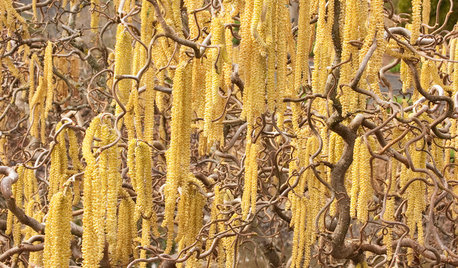
GARDENING GUIDESGreat Design Plant: Harry Lauder's Walking Stick
"Gnarly" is a compliment here — a twisted form and yellow catkins make this plant unforgettable in the winter landscape
Full Story
SIDE YARD IDEASNarrow Trees for Tight Garden Spaces
Boost interest in a side yard or another space-challenged area with the fragrance and color of these columnar trees
Full Story
TREES11 Japanese Maples for Breathtaking Color and Form
With such a wide range to choose from, there’s a beautiful Japanese maple to suit almost any setting
Full Story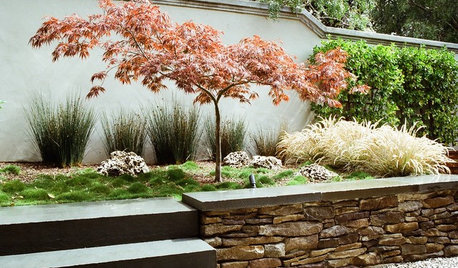
GARDENING AND LANDSCAPINGGreat Design Tree: Japanese Maple
Lacy form and fiery fall color make Japanese maple a welcome tree for garden or patio
Full Story
GARDENING GUIDES5 Best-Behaved Trees to Grace a Patio
Big enough for shade but small enough for easy care, these amiable trees mind their manners in a modest outdoor space
Full Story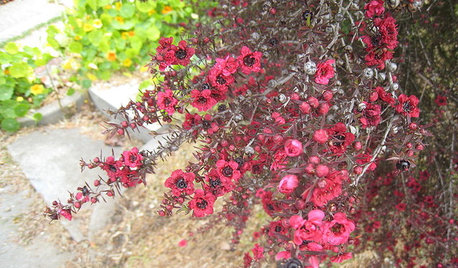
GARDENING GUIDESGreat Design Plant: New Zealand Tea Tree
Balance pretty polish and ruggedness in a temperate garden with this low-maintenance and drought-tolerant flowering shrub
Full Story
GARDENING GUIDES12 Japanese Maples for a Sunny Garden
The right maple in the right place shines in hot summer sun
Full Story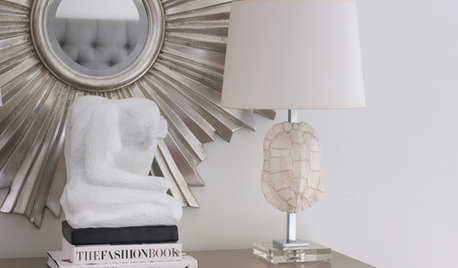
DECORATING GUIDESDecorating 101: The ABCs of Arranging Vignettes
Learn how to make captivating displays with a few of your favorite things
Full Story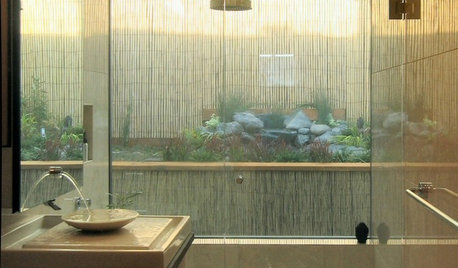
DECORATING GUIDESSo Your Style Is: Japanese
Peaceful and pure, Japanese interior design style celebrates the ancient customs of the East
Full Story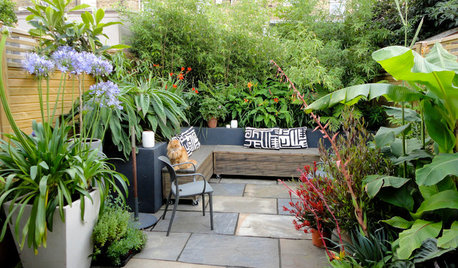
MOST POPULAR10 Reasons to Love a Tiny Garden
Small outdoor spaces can have a beauty all their own
Full StoryMore Discussions








lucy
aspin111Original Author
Related Professionals
Allen Landscape Architects & Landscape Designers · Parole Landscape Architects & Landscape Designers · Annandale Landscape Contractors · Bound Brook Landscape Contractors · Lebanon Landscape Contractors · Parker Landscape Contractors · Soddy Daisy Landscape Contractors · York Landscape Contractors · Suisun City Landscape Contractors · Del City Decks, Patios & Outdoor Enclosures · Fort Pierce Decks, Patios & Outdoor Enclosures · Pittsburgh Decks, Patios & Outdoor Enclosures · South Lyon Decks, Patios & Outdoor Enclosures · Villa Park Decks, Patios & Outdoor Enclosures · West Chicago Decks, Patios & Outdoor Enclosureslucy
aspin111Original Author